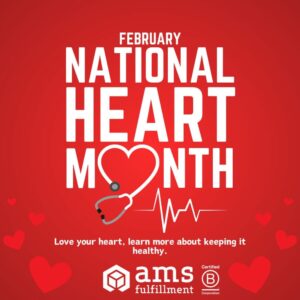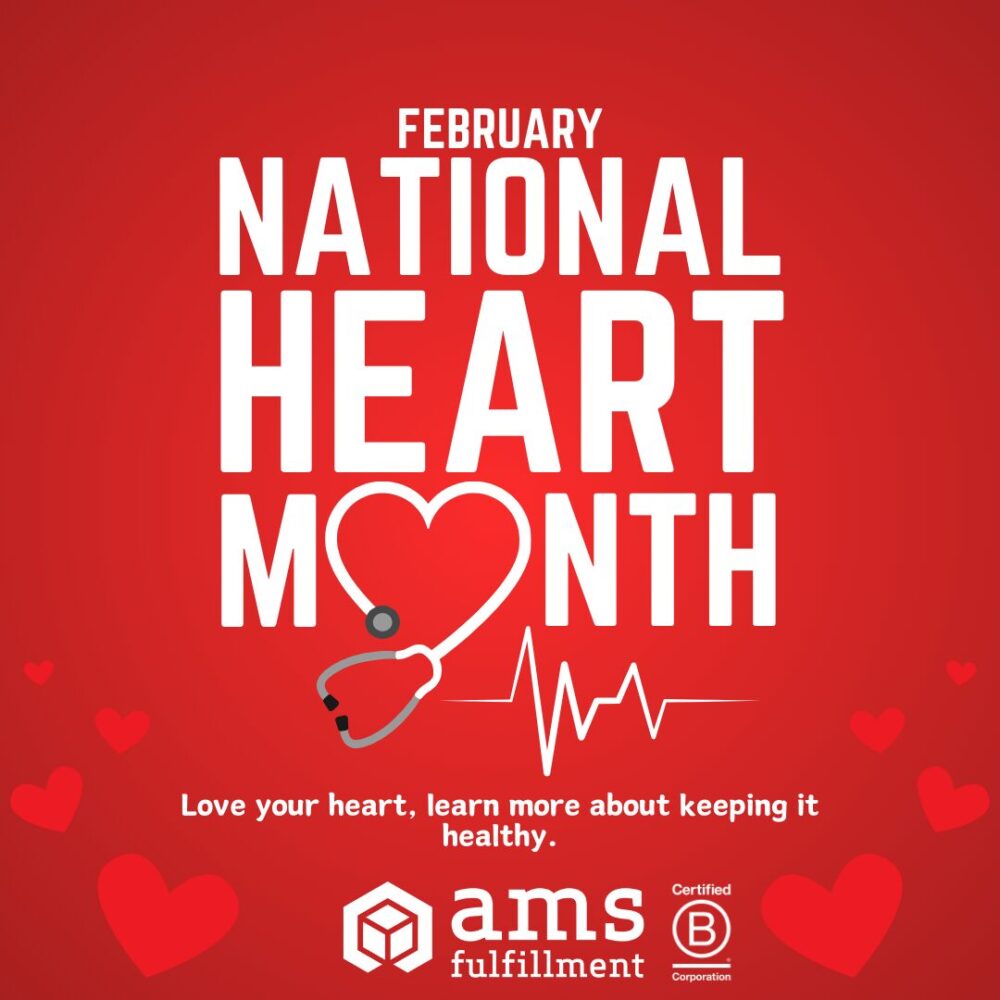
February is American Heart Month
It was President Lyndon Johnson who established American Heart Month. The year was 1964. It was established in order to encourage people to learn about heart disease and learn how to avoid it. More than fifty years later the disease has not been defeated.
From the Whitehouse [LINK] we read the following: “The first step in confronting the cardiac disease crisis is taking concrete action to lower the odds of diagnosis — and encouraging those in our lives to take all necessary measures to root out unhealthy habits. Research has consistently shown that risk factors contributing to heart disease include obesity, high blood pressure and cholesterol, lack of exercise, excessive alcohol use, and smoking. Making small adjustments to our health and routines can yield extraordinary and even life-saving results.”
Lower the Odds
We know when we’re doing something damaging to our body and we do have the power to refrain from damaging behavior. In this writing we will encourage readers to ‘love your heart’… and of course that means taking all of the steps to heart health that you can. Love your self, and love the body that you occupy by eating right, getting exercise, and getting rid of bad habits like smoking.
The following recommendations are from the American Heart Association [LINK].
*Know your risk. Knowing your risk can help you make lifestyle changes.
*Eat a healthy diet. Start making healthy choices that include daily vegetables and less processed foods.
*Be physically active. Move more – it’s one of the best ways to stay healthy, prevent disease, and age well.
*Watch your weight. Stay at a healthy weight for you.
*Check your blood pressure and cholesterol. These are two main risk factors that could lead to heart disease.
“Research has consistently shown that risk factors contributing to heart disease include obesity, high blood pressure and cholesterol, lack of exercise, excessive alcohol use, and smoking. Making small adjustments to our health and routines can yield extraordinary and even life-saving results.”
Learn CPR
Something else we can undertake for ourselves and others is to learn how to do cardiopulmonary resuscitation. While there are virtual classes that can be taken online, the best way to learn is in person with a certified CPR instructor. A quick google search brought the following information:
The seven steps of cardiopulmonary resuscitation (CPR) are:
*Check the scene: Assess the situation and make sure it’s safe to perform CPR
*Call emergency services: Call 911 or your local emergency number
*Check the person: See if the person is breathing and has a pulse
*Open the airway: If needed, tilt the head back to open the airway
*Perform chest compressions: Push down on the chest about two inches at a rate of 100 to 120 compressions per minute
*Deliver rescue breaths: Pinch the nose and seal your mouth over the person’s mouth, then give two breaths that make the chest rise
*Repeat: Repeat the chest compressions and rescue breaths in a cycle
CPR is a life-saving technique that helps keep blood flowing to someone who isn’t breathing on their own. In the case of an emergency knowing how to do CPR can save a life and has saved many lives.
At the Red Cross website [LINK] we read the following: “It’s also the perfect time to take training from the American Red Cross on how to perform Cardiopulmonary Resuscitation (CPR) and how to use an Automated External Defibrillator (AED) to help save lives. Cardiac arrest claims thousands of lives every year. Red Cross CPR/AED classes can help you save a life when every moment counts.”
Love Your Heart
We will conclude with some tips from the American Medical Association [LINK].
The AMA’s six tips for improving heart health to reduce the risk of heart attack and stroke, include the following:
*Know your blood pressure numbers— visit ManageYourBP.org to better understand your blood pressure numbers and take necessary steps to get your high blood pressure, also known as hypertension, under control. Doing so will reduce your risk of heart attack or stroke.
*Commit to a treatment plan to manage high blood pressure—work with your doctor to create an individualized treatment plan that includes healthy lifestyle changes that you can realistically stick to long-term to help you maintain a lower blood pressure and lower your risk for negative health consequences.
*Be more physically active—regular physical activity can help reduce the risk of developing high blood pressure. It is recommended that healthy adults 18 to 65 years of age should get at least 150 minutes a week of moderate-intensity activity, or 75 minutes a week of vigorous-intensity activity.
*Reduce your intake of processed foods, especially those with added sodium and sugar—making simple dietary changes can help you manage or prevent high blood pressure, including eating less sodium, red meat and processed meats, reducing the amount of packaged, processed foods you consume—especially those with added sodium and sugar, and reducing consumption of sugar-sweetened beverages. Eat foods that are rich in potassium and add more plant-based foods, such as olive oil, nuts and seeds to your diet.
*Maintain or achieve a healthy weight—take steps to lose weight, if overweight. Being 20 pounds or more overweight could put you at increased risk of developing high blood pressure.
*If consuming alcohol, do so in moderation as defined by the U.S. Dietary Guidelines for Americans—up to one drink per day for women and two drinks per day for men, and only by adults of legal drinking age.
Let’s Do It!
** ** **
AMS Fulfillment is a Certified B Corporation, dedicated to People and Planet before Profit. We work to B the Change we wish to see in the world.




